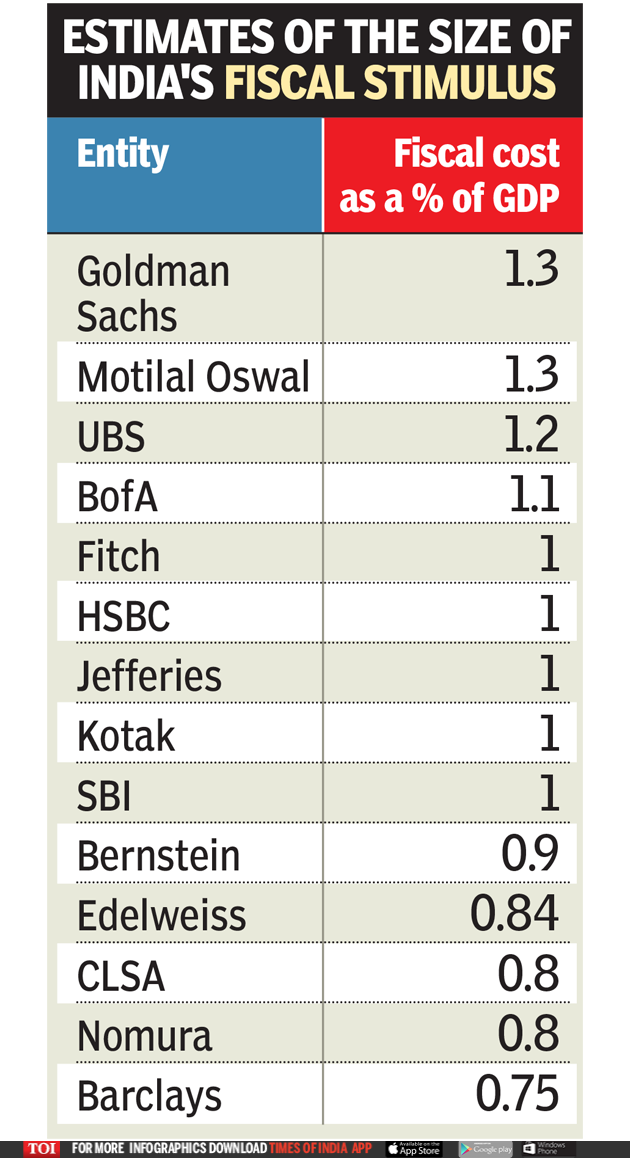An interesting article on Pokhara International Airport, financed with Chinese loans and built by Chinese firms, in the NYT. Key highlights from the article included below:
The expensive airport, built largely by Chinese companies and financed by Beijing, was a diplomatic victory for China and a windfall for its state-owned firms. For Nepal, it was already an economic albatross, saddling the country with debt to Chinese creditors for years to come.
Nepal had sought to build an international airport in Pokhara since the late 1970s, hoping that it would catapult the city into a global tourist destination. But the project had stalled for decades, mired in political turmoil, bureaucracy and money problems, until China stepped in.
After the airport’s construction, Beijing began declaring that it had been part of the Belt and Road Initiative, President Xi Jinping’s signature infrastructure campaign, which has doled out an estimated $1 trillion in loans and grants around the world. This designation, which Nepal has quietly rejected, has thrust the airport into the middle of a diplomatic tug of war between China and India.
The Pokhara airport highlights the pitfalls for countries that import China’s infrastructure-at-any-cost development model, which spins off money for Chinese firms, often at the expense of the developing country.
In Nepal, China CAMC Engineering, the construction arm of a state-owned conglomerate, Sinomach, imported building materials and earth-moving machinery from China. The airport, built to a Chinese design, is packed with security and industrial technology made in China. Chen Song, China’s ambassador to Nepal, said it “embodied the quality of Chinese engineering.”
But an investigation by The New York Times, based on interviews with six people involved in the airport’s construction and an examination of thousands of pages of documents, found that China CAMC Engineering had repeatedly dictated business terms to maximize profits and protect its interests, while dismantling Nepali oversight of its work. This has left Nepal on the hook for an international airport, at a significantly inflated price, without the necessary passengers to repay loans to its Chinese lender.
In 2011, a year before China officially agreed to lend the money for the airport, Nepal’s finance minister signed a memorandum of understanding to support CAMC’s proposal, before any bidding process had even started. The Chinese loan agreement allowed only Chinese firms to bid on the work. CAMC’s winning bid of $305 million, almost twice what Nepal had estimated the airport would cost, raised the ire of some Nepali politicians, who called the price outrageous and the bidding process rigged. CAMC then lowered the price about 30 percent, to $216 million.
China and Nepal signed a 20-year agreement in 2016; a quarter of the money would be an interest-free loan. Nepal would borrow the rest from the Export-Import Bank of China, a state-owned lender that finances Beijing’s overseas development work, at 2 percent interest. Nepal agreed to start repaying the loans in 2026.
The initial construction budget had earmarked $2.8 million for Nepal to hire consultants to make sure CAMC was abiding by international construction standards, according to documents. As the project went on, the Chinese firm and Nepal lowered that allocation to $10,000, using the money elsewhere.[...]There was also no paperwork ensuring the quality of Chinese-made building materials or information on the Chinese vendors providing the components. [...]The contractor was able to inflate the cost of the project — to double the market rate, by his estimate — and “quality had been compromised.”
CAMC squeezed more money from the project while eliminating oversight. China’s Export-Import Bank, which had provided the loan, had appointed China IPPR International Engineering, a consulting firm, to track the quality, safety and timetable of the construction while ensuring that Nepali officials were satisfied with CAMC’s work. The consulting firm and the construction company are subsidiaries of Sinomach, a machinery giant ranked in the Fortune Global 500. The potential for conflicts of interest became even more pronounced in 2019 when CAMC acquired IPPR, turning it from a sister company into a direct subsidiary. The fees to pay IPPR came from Nepal, as part of its loan from the Chinese bank.
A 2014 feasibility study commissioned by CAMC projected that the airport would be able to repay loans from its profits. That forecast, however, was based on an estimated 280,000 international passengers traveling through the airport starting in 2025. As of now, there are no international flights.
